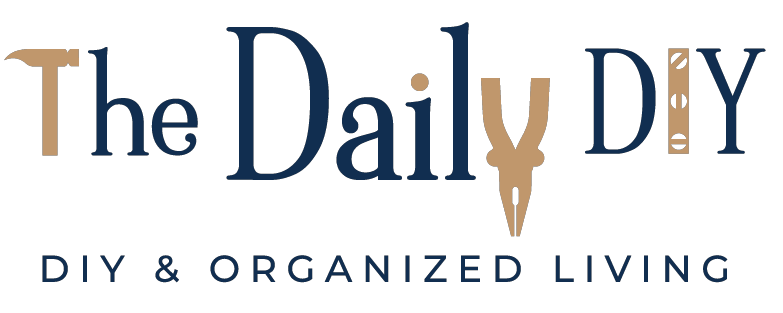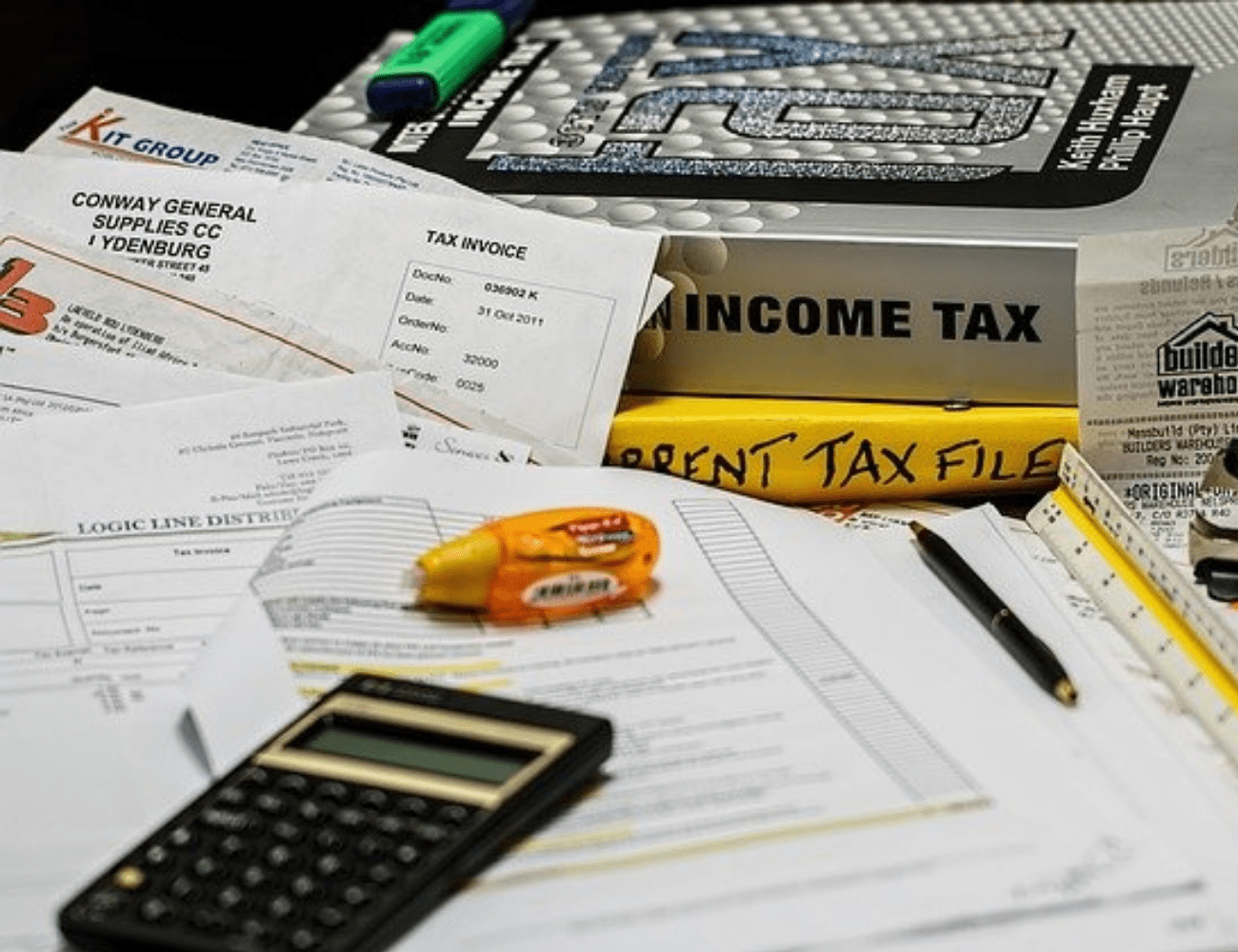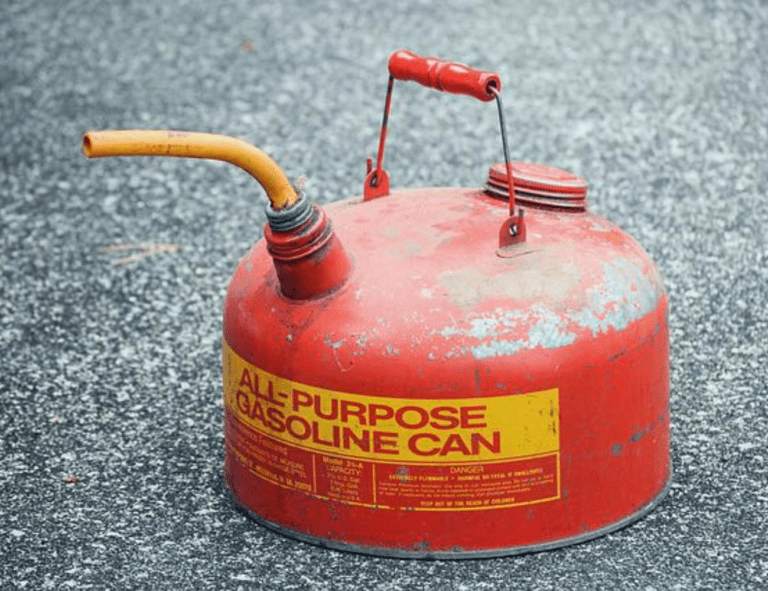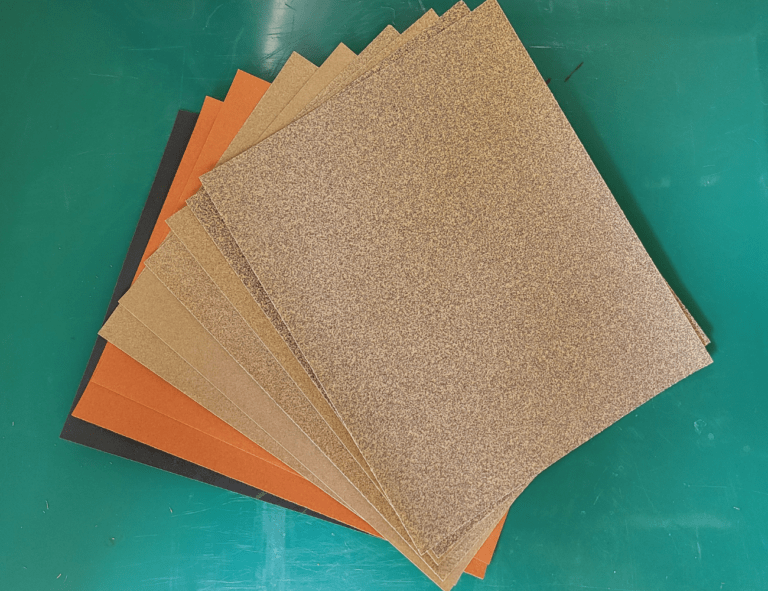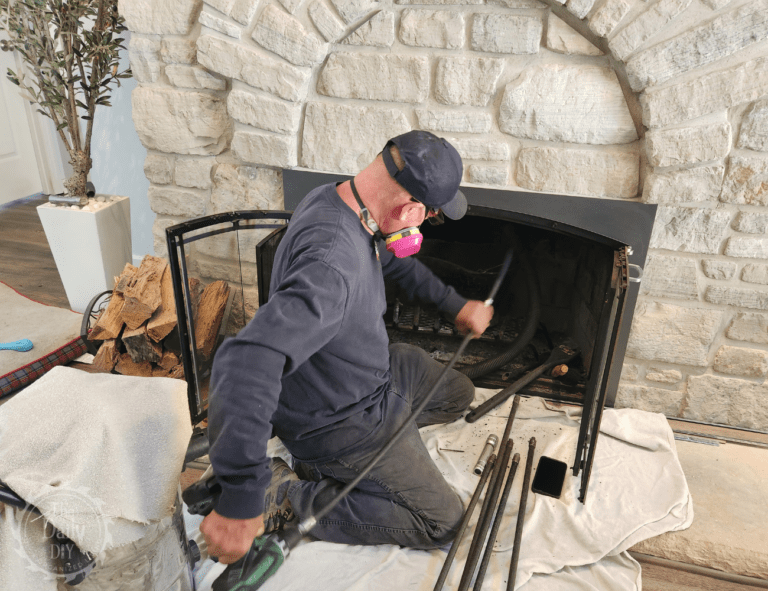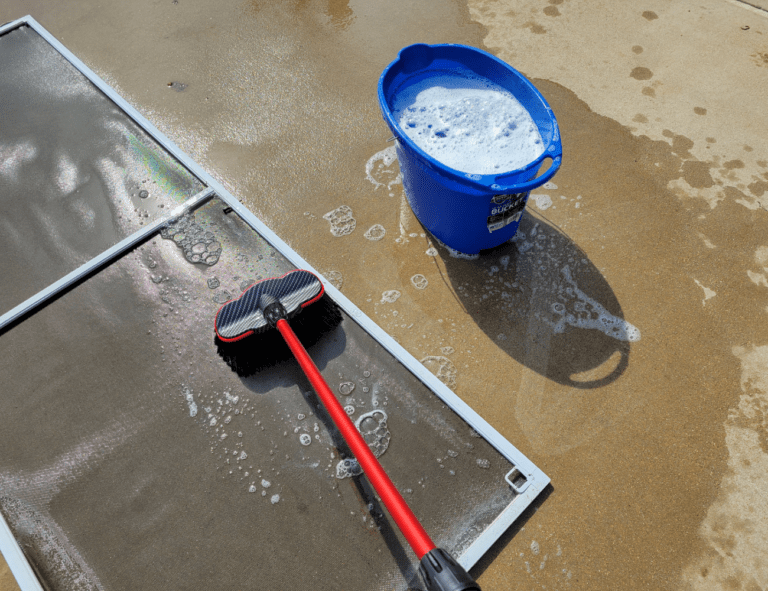What Home Improvement Projects Are Tax Deductible?
When is a good time to replace those old windows in your home? When it’s a tax deduction! The IRS offers several tax deductible home improvements. Including do-it-yourself projects, as well as home maintenance and repairs. Save money and reduce your tax bill by finding out what home improvement projects are tax deductible.
I am not a tax advisor so I can only share with you the information I have researched. Please check with your local tax advisor before making any decisions or estimates for deductions. That being said, here are five common home improvements that are often overlooked as deductible expenses, so save those receipts.

1. Energy-Efficient Home Improvements
The IRS has long provided tax deductions for things that make your house more energy efficient. Let’s look at the two credits you cold claim. Residential Energy Efficiency or Residential Renewable Energy Products. As of this posting, the Residential Energy Efficiency tax credit is only good through December 31, 2021. The extension for this tax credit is still pending legislation and I’ll update this article when there is an approved bill. The tax credits for Residential Renewable Energy Products are still good through December 31, 2023.
Residential Energy Efficiency Tax Credit
This includes remodeling projects like adding insulation and upgrading your windows. Or replacing some appliances like your central air conditioner or water heater. A complete list of these products is available at Energystar.gov.
Renewable Energy Products
Fuel cells, small wind turbines, geothermal heat pumps, and a few other things, qualify for this credit. There is a step down in credit value beginning with products that you place in service 2019. For more information on this type of credit visit Energystar.gov.
2. Roof Repairs or Replacement
Repairs made to your roof are not considered a tax deduction because it does not add to the value of your home. However, if you replace the roof, and it increases your home’s value, then that expense may qualify for a tax break. But only in the year that your sell your home. You could also qualify for a Residential Energy Efficiency tax credit if the new roof consists of ENERGY STAR certified metal or asphalt.
3. Medical Related Improvements
Expenses required for providing medical care may be eligible for a tax write off. Only if they are for you, your spouse, or dependents. For example, adding a wheelchair ramp, widening doorways, or installing support bars. Claim the full cost of the improvement if it makes your home more accessible for people with disabilities, and doesn’t increase the value of your home. If the improvements do add to your home’s value, then you can claim only part of the cost as a medical expense.

4. Home Office
Wondering if you can you deduct some of your home improvement, repair or maintenance expenses under a home office deduction? It’s important to note that employees are not eligible to claim the home office deduction. If you are running your own business out of your home, then you may qualify for this type of deduction. And it’s available for both homeowners and renters.
Where you make those improvements will have an impact on how much of that expense is deductible. For example, if you improve the part of the home that you use only for your business, then you can deduct the entire cost. But if you improve something that benefits the entire home, only part of the expense qualifies. For more information on the home office deduction, visit the IRS website.
5. Home Improvement Loans
According to the IRS, you may be able to deduct the interest you will pay on certain loans. A home equity loan, home equity line of credit (HELOC) or second mortgage could qualify. As long as you use them to build, or improve the taxpayer’s home that secures the loan. Under this tax law, the loan must be secured by a “qualified residence”, which is your main home, or second home, and must not exceed the cost of the home and meet other requirements.
Ultimately, you should consult with a tax professional for advice on how to file and claim these tax deductions. It’s up to you whether you want to take advantage of the possible write offs. But having this information to help you decide if you do have qualified tax deductible home improvements couldn’t hurt. By following these tips, you should be well on your way to saving money on your taxes.
For a list of annual home maintenance items you should be doing, check out the Complete Maintenance Checklist to get your free, printable copy.
